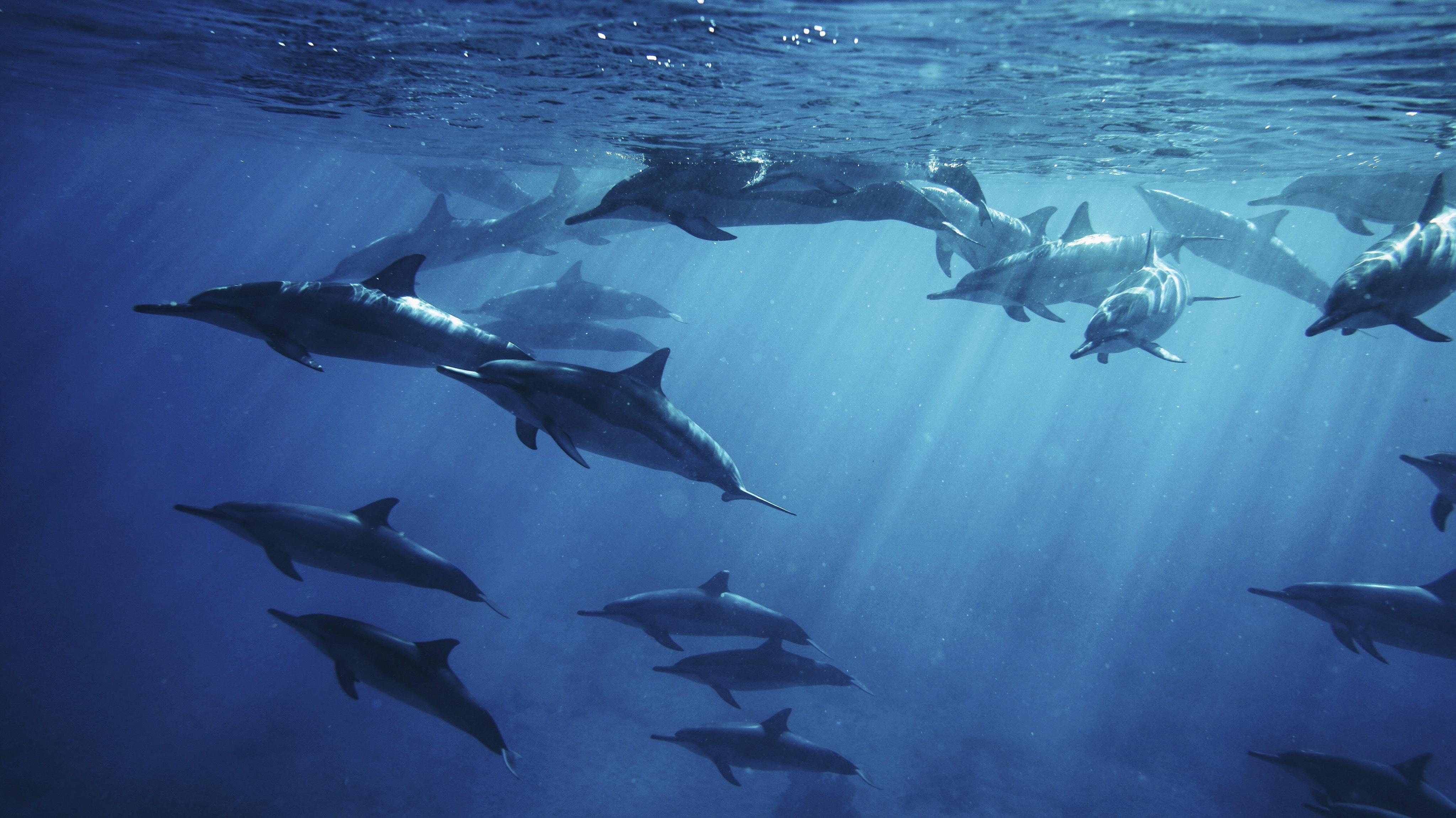5 MIN READ
2-12-2024
Suffocating
Seas:
Plastic Pollution Poses Deadly
Threat For Sea Turtles
Mikaela Walsh, 4ocean Research Analyst
Baby Sea Turtles Ingest Plastic, Hurt Chances of Survival
One of the most iconic marine reptiles is in urgent need of assistance. Sea turtles hold legendary status among marine animals, renowned for their frequent sightings along the coastlines, impressive size, and gentle disposition. Many species of sea turtles have been placed on the endangered or threatened species list. It is estimated that only 1 in 1,000 hatchlings make it to adulthood due to multiple threats, such as predators, plastic consumption, dehydration, entanglement, and lack of food.
Sea turtles face challenges surviving due to predators, but their struggle intensifies when trying to locate nutritious prey. Each species has its unique diet that consists of carnivores, omnivores, herbivores, gelatinivores, and spongivores. Leatherback sea turtle species primarily eat jellyfish and sea squirts, precise invertebrates that float along the ocean currents. Ironically, a plastic bag, or thin pieces of plastic wrapping, floating in the ocean appears very similar to a jellyfish or sea squirt. Naturally, sea turtles will eat plastic bags unknowingly, thinking that it is their food source. Hawksbill sea turtles are called spongivores because of their unique diet of primarily sponges. Different species of sea turtles exhibit varied dietary preferences. Some sea turtles have more typical diets and consume crabs or seagrass. Consumption of plastic materials can cause the turtle to choke or cause blockage in the intestines. Plastic debris is often discussed with sea turtles due to the unique, diverse diets that these animals exhibit.

The ingestion of plastic waste poses a significant threat to their health. Plastic lacks any nutritional value for the turtle; instead, it is laden with toxins and indigestible material that accumulates in the stomach. Plastic ingestion makes the sea turtles feel full, masking the harsh reality that they are starving. Due to their dietary needs, this is an issue for many sea-dwelling organisms, especially sea turtles. A recent research found that sea turtles with 14 or more pieces of plastic in their stomach raised their death rate by 50 percent. This information is alarming due to the abundance of plastic debris floating in our oceans.
Sea turtles start as hatchlings and then go into the ocean as post-hatchling or neonate sea turtles. When a post-hatchling sea turtle returns to shore after going into the water, they are called a washback and may need rehabilitation before getting released because this means they are not strong enough on their own. Researchers examined washbacks and discovered that 78% of the neonate sea turtles that washed back had ingested plastic. The plastic found was as small as microplastics and as big as ¼ of their carapace length, otherwise known as shell length. The researchers examined possible reasons for the effects of plastic ingestion on sea turtles. They concluded that it interfered with their nutritional uptake and could cause difficulties with growth. This is crucial because it shows that sea turtles are ingesting plastic pollution as juveniles and adults and consuming plastic as neonates and post-hatchling.

Leatherback sea turtles are on the cusp of extinction, with their population being vulnerable and on the endangered species list.
But that's not the full extent of the issue; five other sea turtle species are also listed on the endangered species list. The sea turtle population is in dire need of conservation efforts. Human behavior accounts for various detrimental effects on these fantastic animals. Improper fishing behavior can be very dangerous to sea turtles. Ghost nets and long lines have been found to injure turtles. Furthermore, abandoned fishing gear leaves turtles and other marine life susceptible to entanglement. Not to mention, fishing hooks have been found in turtle’s stomachs, which need to be surgically removed to prevent harmful damage to the intestines. Some turtles even get struck by boats, causing injuries to their carapace or limbs. This is urgent because sea turtles play a crucial role in the marine ecosystem. They are more than just adorable and photogenic animals. Sea turtles play a significant role in coral reef health and balancing the organisms in the aquatic ecosystem.
Sea turtles are idolized worldwide for their unique behavior and adorable appearance, but we need to protect this species to ensure survival. Plastic pollution is a significant issue that sea turtles face regarding their food source. A step to help this beautiful animal is to bring your reusable bag when heading to the pharmacy or the grocery store and stop using the plastic bags they offer. One plastic bag that floats in the ocean can have detrimental and irreparable damage to this fantastic creature.
This small change can help save this species from challenges they face.

You May Also Like



